Wind Induced Tip-Over
An operational safety issue facing railroad operators is wind induced tip-over. Multiple studies were completed using CFD to develop a database of tip-over tendencies for a variety of car types within various railway fleet. The use of this database in the development of a speed restricting system for the Sandusky Bay Bridge is also discussed.
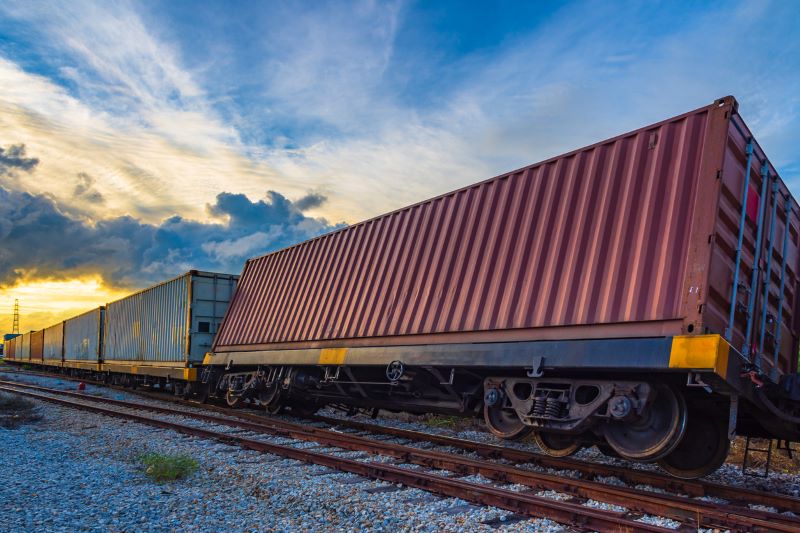
High winds have caused a number of accidents involving freight trains. Select examples include:
- 11 February 2003: Norfolk Southern Railway,
Train derailed on Sandusky Bay Causeway in Sandusky, OH - 6 October 2010: Burlington Northern Santa Fe Railway,
Two trains derailed due to high winds in Bellemont, AZ - 17 June 2013: Burlington Northern Santa Fe Railway,
71 rail cars that were double-stacked with shipping containers derailed near Hereford, TX - 18 September 2013: Union Pacific Railroad,
7 cars derailed near Chicago, IL - 13 March 2019: Burlington Northern Santa Fe Railway,
26 cars derailed off a bridge near Logan, NM - 24 April 2019: Union Pacific Railroad,
25 loaded tank cars detrailed, leaking 74,000 gallons of denatured ethanol in Fort Worth, TX - 18 August 2019: Burlington Northern Santa Fe Railway,
Two trains derailed with over 100 rail car derailments near Walton, KS
Airflow Science's work includes:
- Develop database of railcar rolling moment to predict impending tip-over conditions. Analysis included box cars, hopper cars, well cars, gondola cars, autorack, 53' trailer/flat cars.
- Wind tunnel test data of CFD simulations
- Supply relations to integrate aerodynamic database into a vehicle dynamics modeler's VAMPIRE simulations.
- Develop real-time computer algorithm to alert train dispatch center of appropriate speed reductions in possible tip-over conditions.
- Select and locate wind sensor and configure system to display appropriate speed restrictions.
Tipping Moment Data:
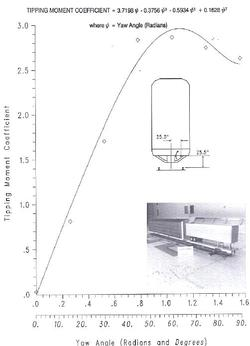
Figure 1
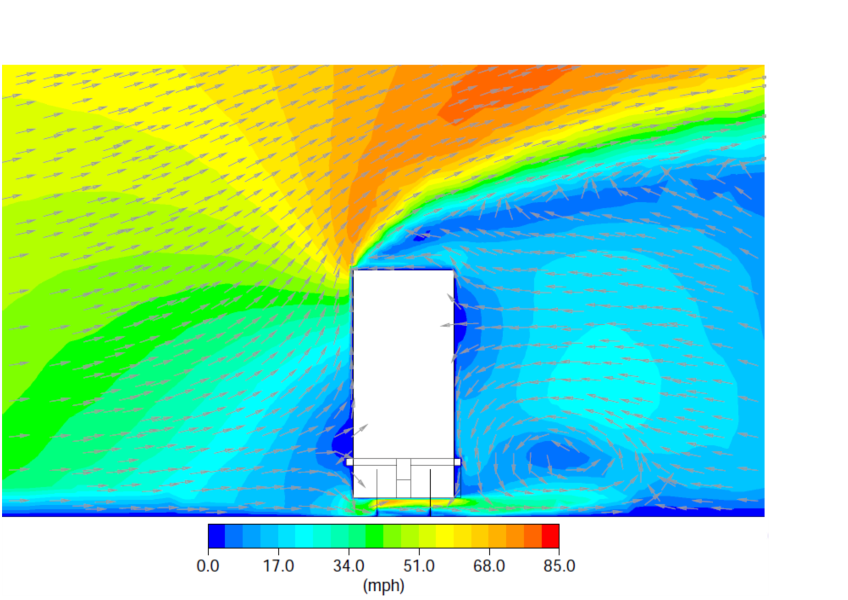
Figure 2
Results of Study:
A Speed Restricting System was developed which is installed alongside the tracks at the Sandusky Bridge. The system measures real-time wind conditions and communicates with dispatchers to provide immediate recommendations for safe speeds based on wind speed and direction for multiple car types.
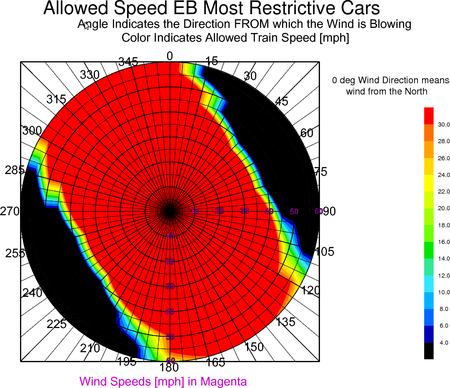
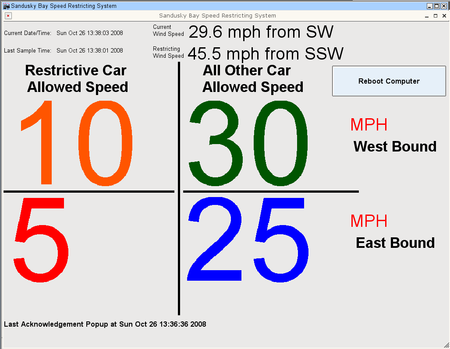
Learn more:
Watch CFD Modeling for Rail Car Tip-Over on YouTube.
